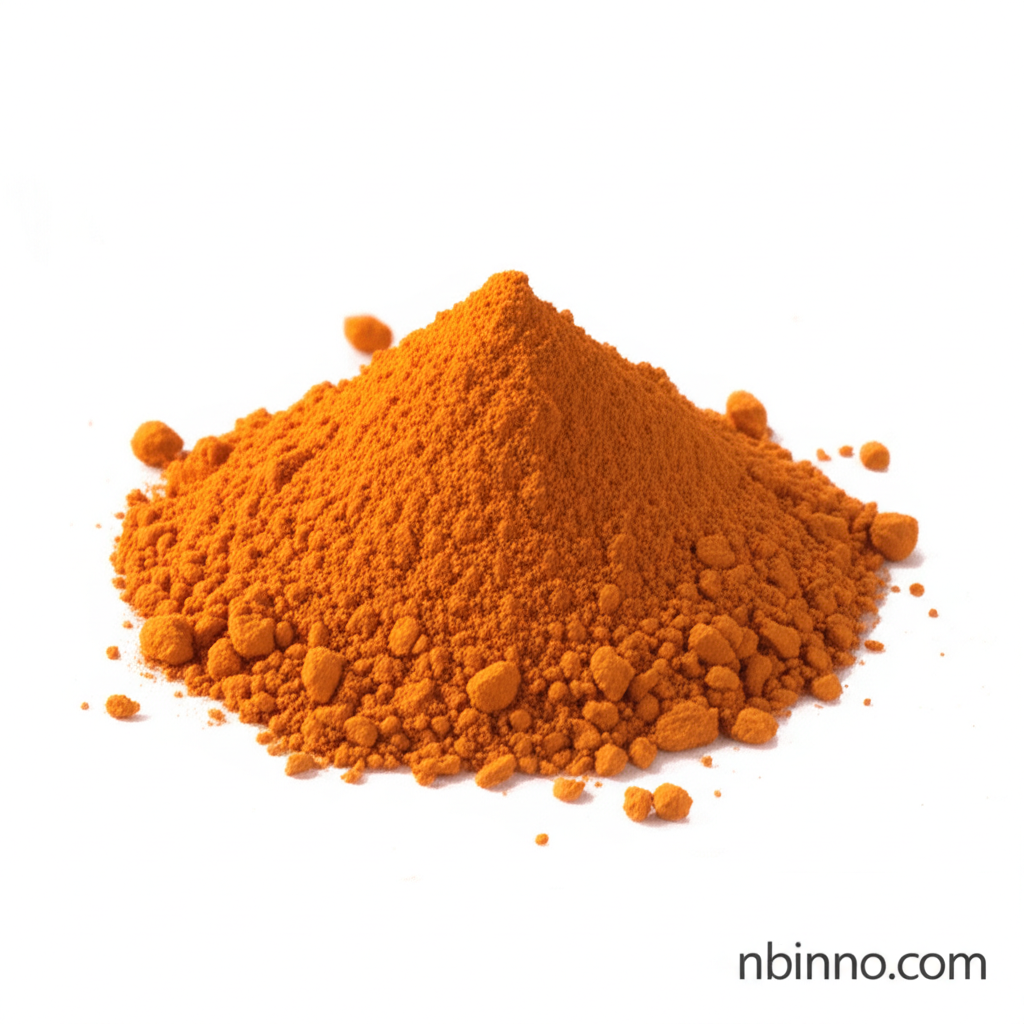Dicobalt Octacarbonyl: A Cornerstone of Modern Catalysis
Explore the essential properties and diverse applications of this pivotal organometallic compound in chemical synthesis.
Get a Quote & SampleProduct Core Value

Dicobalt Octacarbonyl
Dicobalt Octacarbonyl (Co2(CO)8) is a vital organometallic compound renowned for its exceptional catalytic capabilities in a wide array of organic transformations. Its unique structure and reactivity make it indispensable in processes such as hydroformylation, the Pauson-Khand reaction, and the Nicholas reaction, driving innovation in chemical manufacturing and research.
- Leverage the power of dicobalt octacarbonyl catalyst for efficient hydroformylation of unsaturated compounds, yielding valuable aldehydes.
- Explore the intricate mechanisms of the Pauson-Khand reaction catalyzed by dicobalt octacarbonyl, enabling the synthesis of complex cyclic structures.
- Discover the versatility of cobalt carbonyl in the Nicholas reaction for precise functional group transformations.
- Understand the synthesis of dicobalt octacarbonyl and its critical role in advancing organocobalt chemistry and its applications.
Advantages of Dicobalt Octacarbonyl
Catalytic Versatility
Dicobalt octacarbonyl serves as a highly versatile catalyst, facilitating numerous organic reactions including hydrogenation, isomerization, hydrosilation, and polymerization, making it a go-to reagent for complex syntheses.
Reaction Selectivity
By fine-tuning reaction conditions and employing specific derivatives, the selectivity of cobalt carbonyl catalyzed reactions can be precisely controlled, leading to desired products with high purity.
Enabling Complex Synthesis
The compound's ability to promote intricate transformations like the Pauson-Khand reaction makes it instrumental in the construction of complex molecular architectures vital for pharmaceuticals and materials science.
Key Applications
Hydroformylation
A primary application of dicobalt octacarbonyl is its use as a catalyst in the hydroformylation of alkenes, a process critical for producing aldehydes used in plastics and detergents.
Pauson-Khand Reaction
This reaction, catalyzed by dicobalt octacarbonyl, allows for the cyclization of alkynes, alkenes, and carbon monoxide to form cyclopentenones, key intermediates in natural product synthesis.
Nicholas Reaction
The compound facilitates the Nicholas reaction, enabling the substitution of alkoxy groups on alkynes with other nucleophiles, useful for introducing functionalities in complex molecules.
Organometallic Reagent
As a foundational organocobalt compound, it plays a central role in exploring and developing new organometallic chemistry, paving the way for novel catalytic systems.
